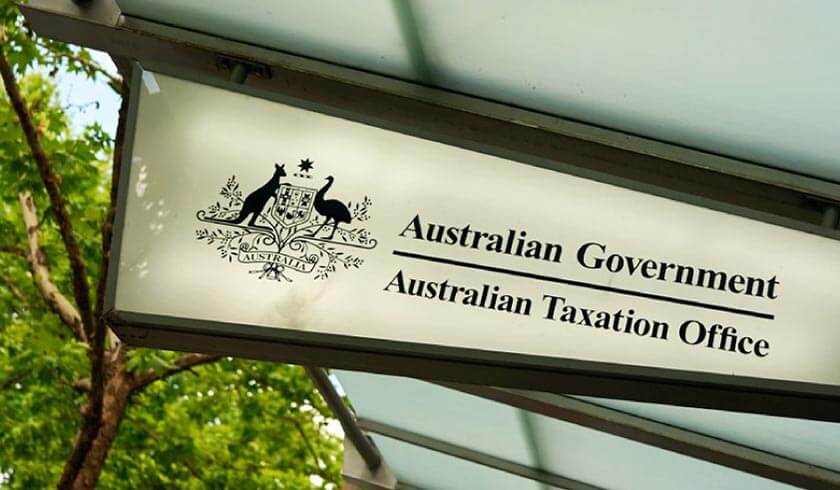Property taxes in 2019: What to watch and prepare for
Tax policy and tax clampdowns will be a key focus for the federal government in 2019, whether it be Liberal or Labor.

However, the current government has been chipping away at property taxes for the last two years, as part of their housing affordability changes. Many of the housing affordability moves have directly targeted investors, because of the competition they pose to owner-occupiers.
So far, some changes to the way property taxes work have been headline news, and some have crept under the radar. Here’s what you need to know to maximise cash flow, minimise liabilities, and be ready for what might come your way in 2019.
What’s changed?
Deductions banned and limited
From 1 July 2017, the government disallowed deductions for travel expenses to investment properties.
Further, for properties bought after 9 May 2017, the government has limited plant and equipment depreciation deductions to only those expenses directly incurred by investors.
Vacancy charges
Foreign owners of residential properties are required to pay an annual vacancy fee if their place is not occupied or rented out for more than 183 days - or six months - per year.
The vacancy charge, administered by the ATO, came into effect retroactively from 7:30PM (AEST) on 9 May 2017.
Clearance requirements
From 1 July 2017, vendors selling real property of a contract price of $750,000 and above, down from the previous threshold of $2 million, are subject to a foreign resident capital gains withholding tax rate of 12.5 per cent unless they are able to prove their residency status with a clearance certificate from the ATO.
Australian resident vendors will have to provide a clearance certificate to the purchaser prior to settlement to avoid the 12.5 per cent withholding.
This is a complex system for vendors and buyers alike. You can read about it in more detail here.
What’s to come?
Housing affordability is likely to be another high priority for the federal government in its April budget, particularly as it looks to secure votes before the general election.
However, it’s Labor’s plans for property that will be the headline tax changes next year, should the federal opposition come into power.
Negative gearing
If elected, the Labor party will limit negative gearing to new housing from a date that is yet to be determined. It will be after the next federal election, which will fall in the first half of 2019.
Labor’s negative gearing restrictions will apply to investments outside of property also, which some tax experts believe will soften any potential blows to Australian markets.
Capital gains tax
The Labor party also plans to halve the capital gains discount for all assets purchased after a yet-to-be-determined date after the next election. In effect, this will reduce the capital gains tax discount for assets that are held longer than 12 months from 50 per cent to 25 per cent.
On both its negative gearing and capitals gains tax measures, the changes will be grandfathered, which means they won’t apply retrospectively to those who currently hold investment properties.

